Sukumo dyeing : Japanese Aizome
“The deeper the blue becomes, the more strongly it calls man towards the infinite, awakening in him a desire for the pure and, finally, for the supernatural … The brighter it becomes, the more it loses its sound, until it turns into silent stillness and becomes white.” – Wassily Kandinsky
I think this quote is true for INDIGO color, specially for japanese indigo BLUE.
It’s been a while since my last post. I wanted to write this post since I came back from Japan over a year ago.
In 2019 I stayed 2 months in Arimatsu Japan learning Shibori and SUKUMO techniques from my SENSEI. It was an incredibly rich experience where I learned a lot! All around the world, there are different indigo dyeing methods and it was amazing to get to know the Japanese culture and learn new ways of dyeing.
Japan is known for its Indigo Heritage!
INDIGO dyeing in Japanese is called: AIZOME
AI = indigo
And SUKUMO is the name given to AI ( indigo ) leaves that have been fermented and prepared, so that we can use them later to dye in a fermentation vat. This is the traditional Japanese indigo dyeing method.
The indigo plant used for preparing SUKUMO is called persicaria tinctoria or polygonum tinctorium. It is a different plant from the ones used in Mexico, India and Europe.
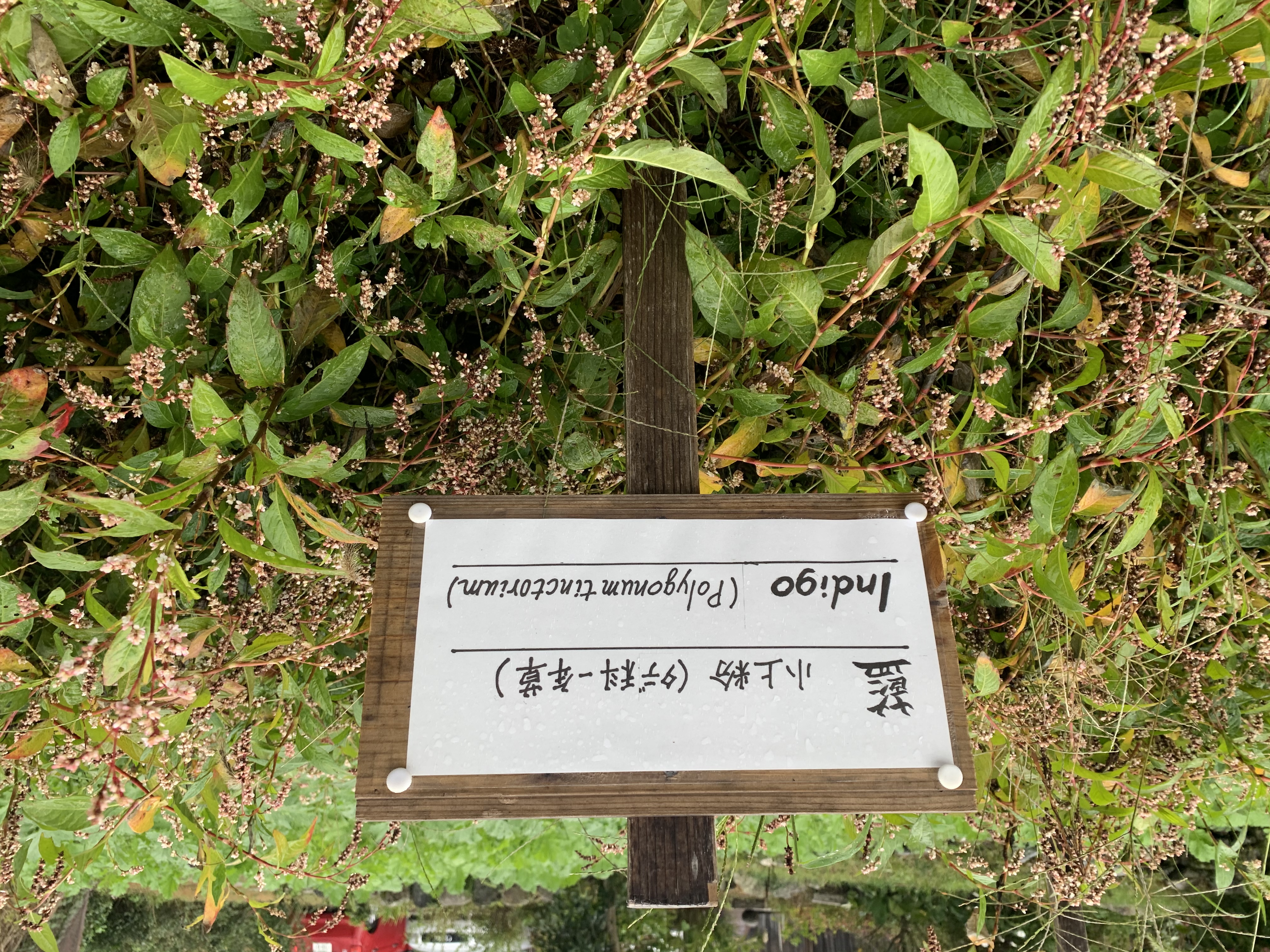
The indigo plant grows for around five months, after which the leaves are picked, dried and fermented for a period of three months. They compost the indigo leaves by adding water, high temperatures, and stiring them once a week. This is how the leaves start to ferment.
They are kept inside these mats:
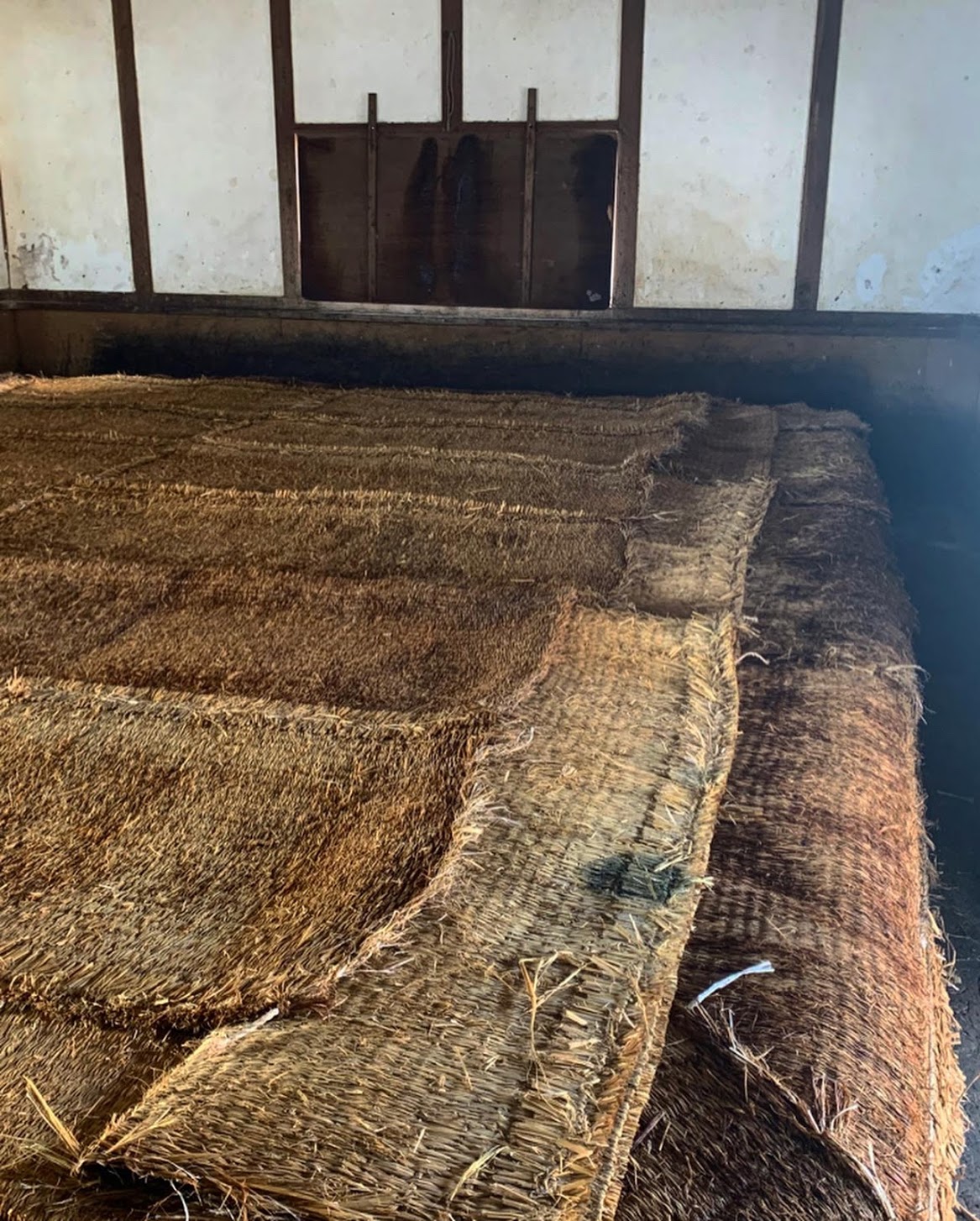
Photos from Tokushima- Sukumo producers
They ferment for about three months and the result of the fermentation process is this material called “SUKUMO”.
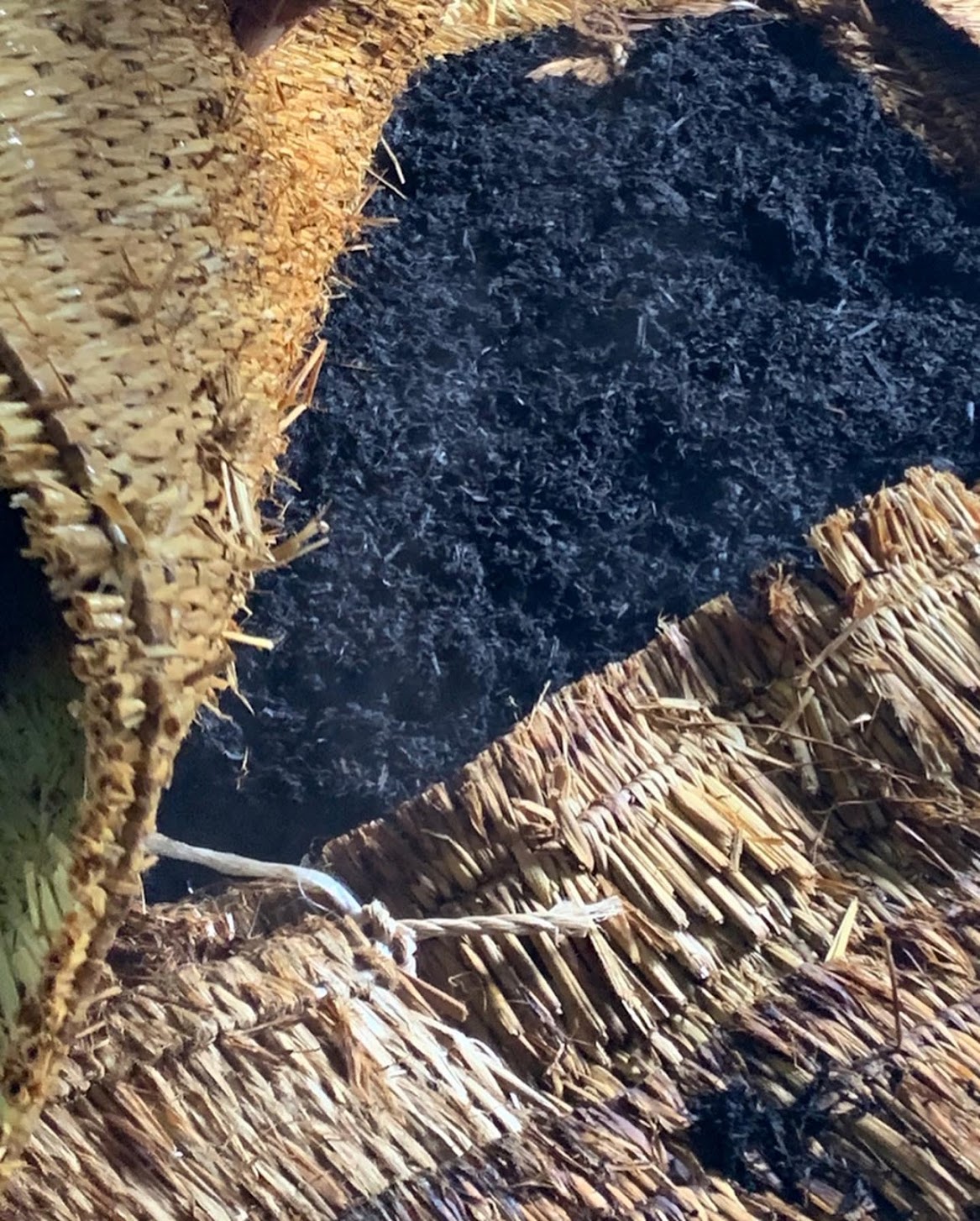

AIDATE
Preparing the natural indigo dye vat is called AIDATE.
To prepare the vat they add SUKUMO, lye water (aku), lime powder, wheat bran or corn starch and sometimes even sake. This forms an alkaline environment that activates microorganisms and creates the perfect environment for dyeing.
The Japanese índigo vat is a fermentation vat, very different to the one I prepare back home. This fermentation vat takes approximately 10 days to be ready. It’s a long process that requires lots of patience!! Stiring the vat is necessary twice a day.
However, the first SUKUMO vat we prepared in Arimatsu started working after only 4 days !! We were pretty excited!! This means sometimes it can start working before the 10th day, depending on the climate, expertise and other characteristics.
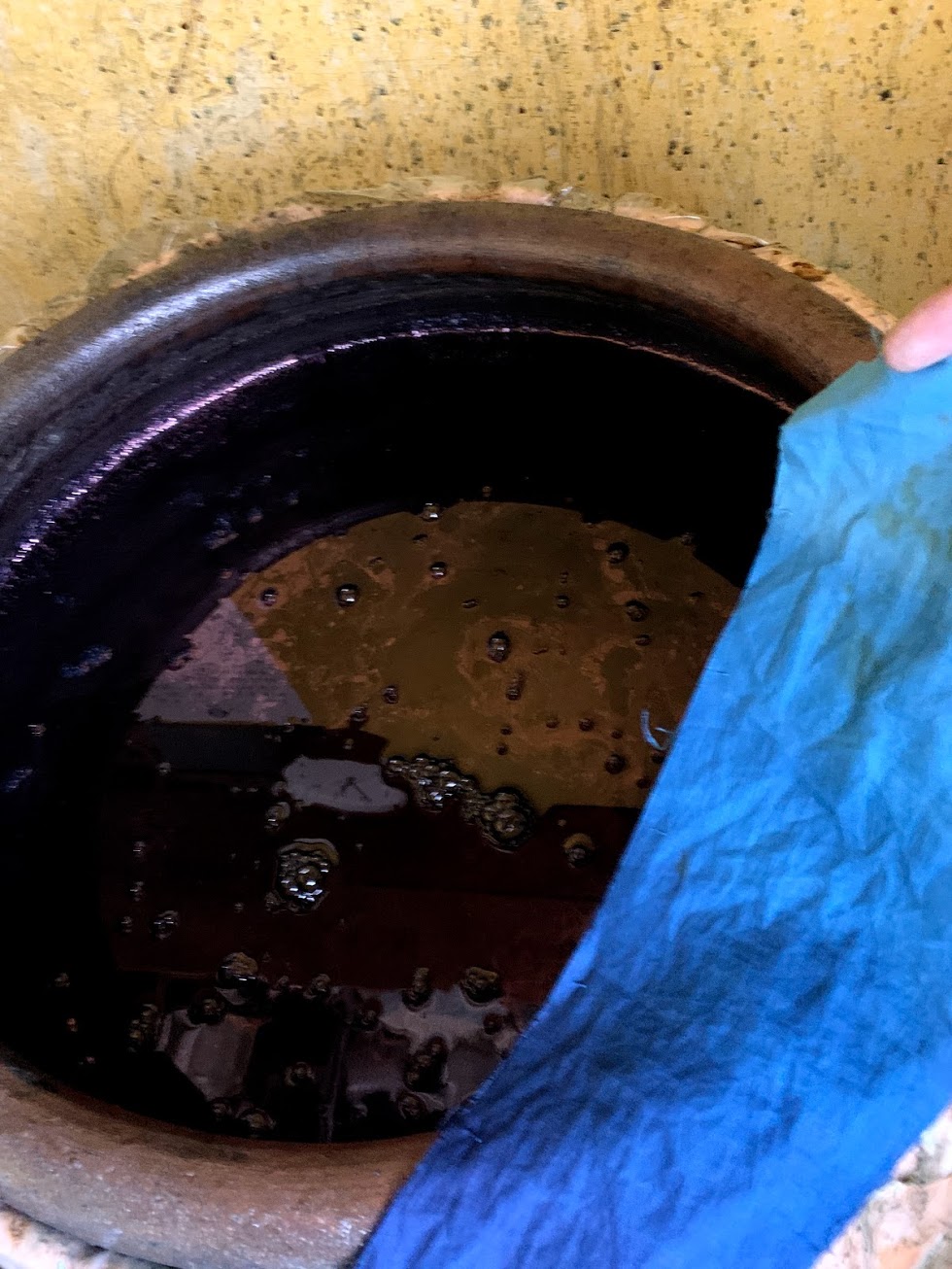
Sukumo vat
Blue hands is one of the things I love about SUKUMO dyeing !! Your hands turn blue very easily. This doesn’t happen that much with the indigo vat I prepare at home. My hands get blue sometimes, but no THAT blue.
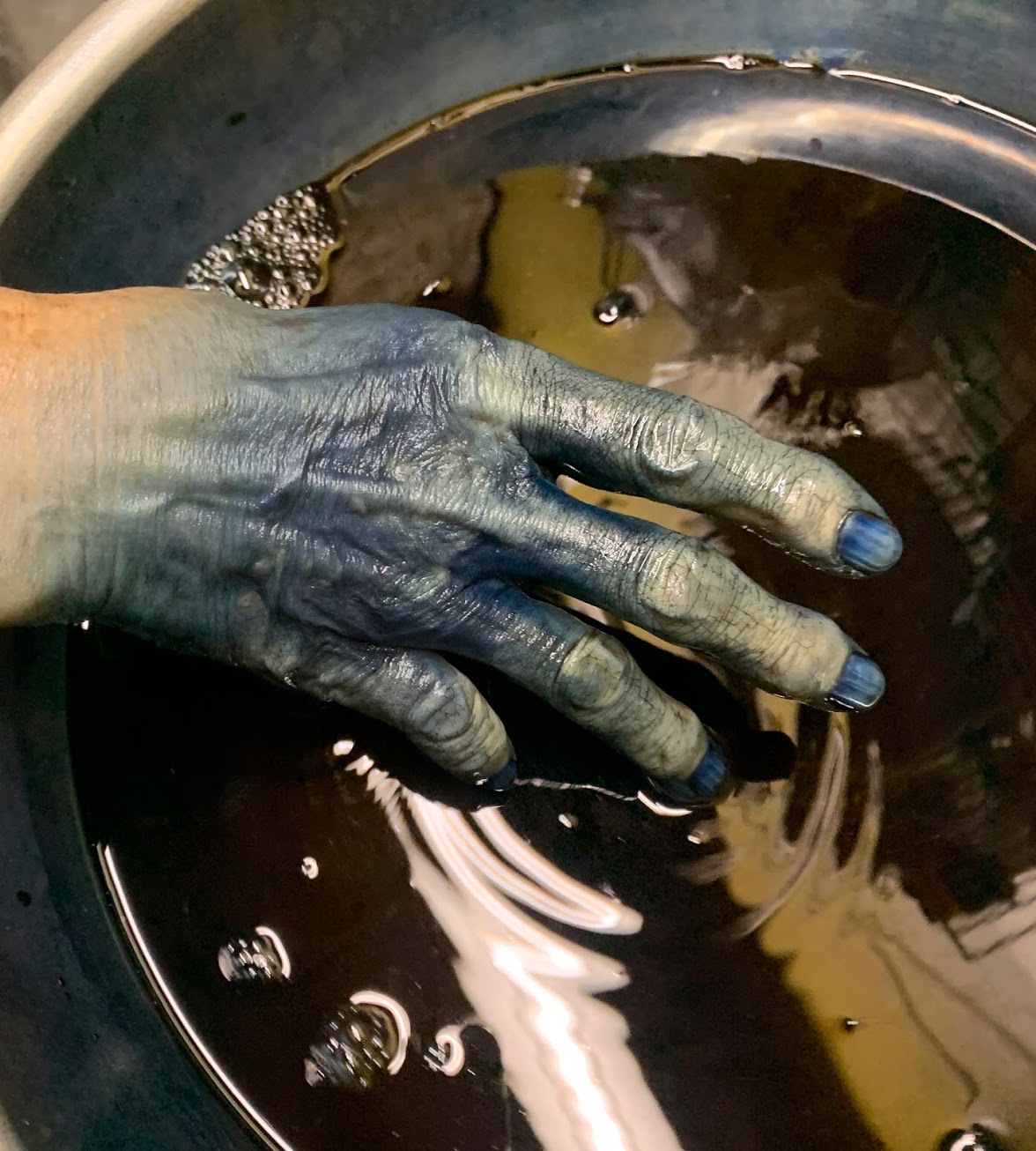
SENSEI’s hand
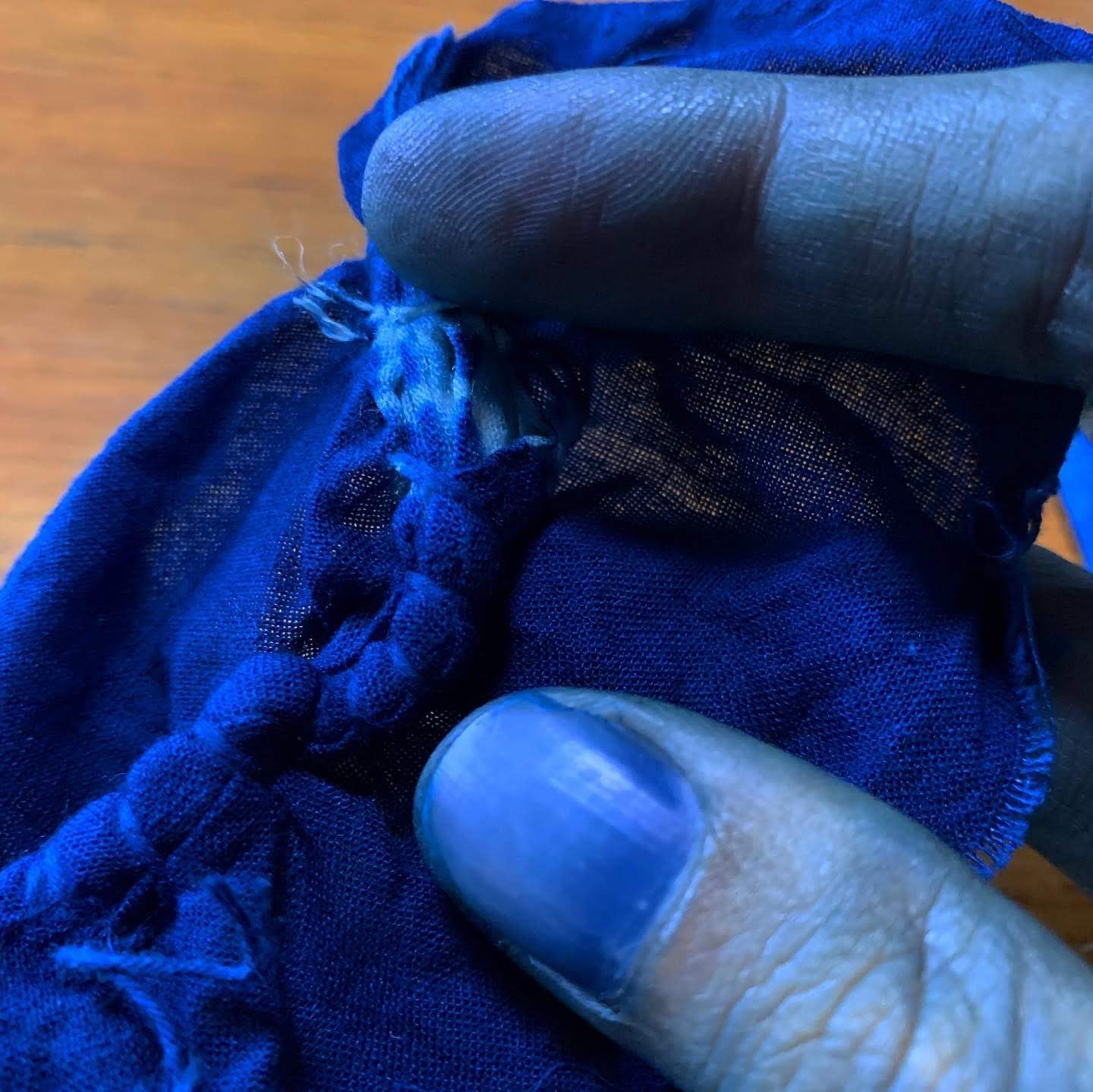
My hand
When dyeing with a fructose vat ( as I do back home), the fabric comes out green and in contact with oxygen it turns blue. But with sukumo dyeing, the fabric comes out brown (almost black), then it turns kind of green and finally becomes blue. I thought that was quite interesting!
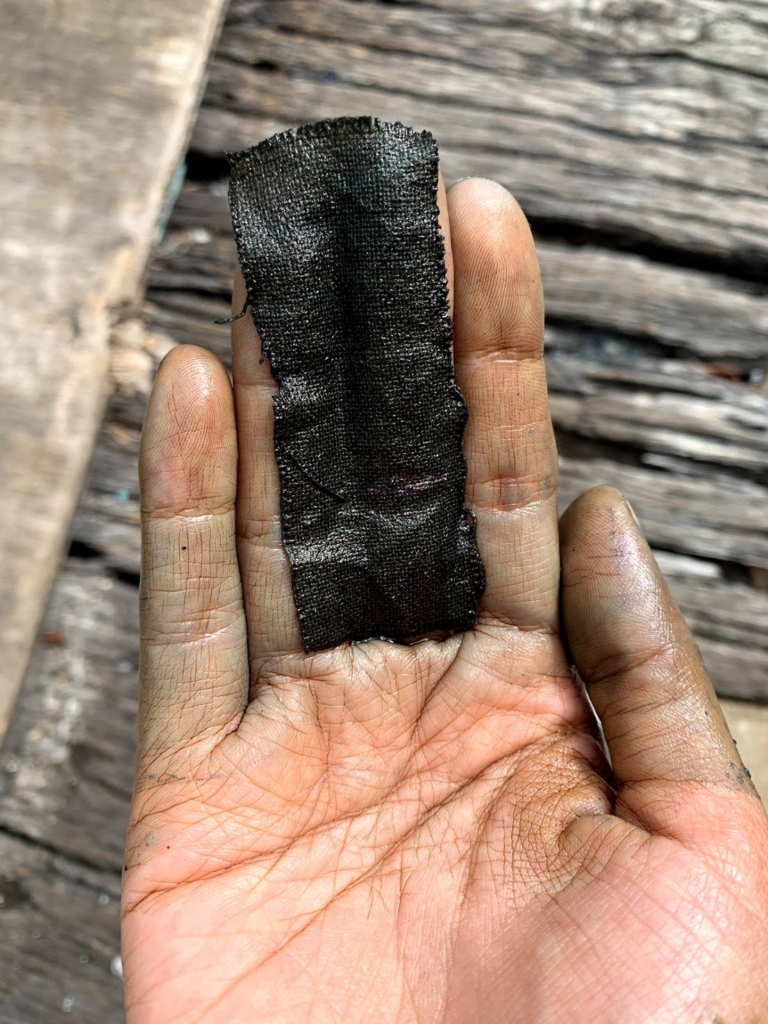
before
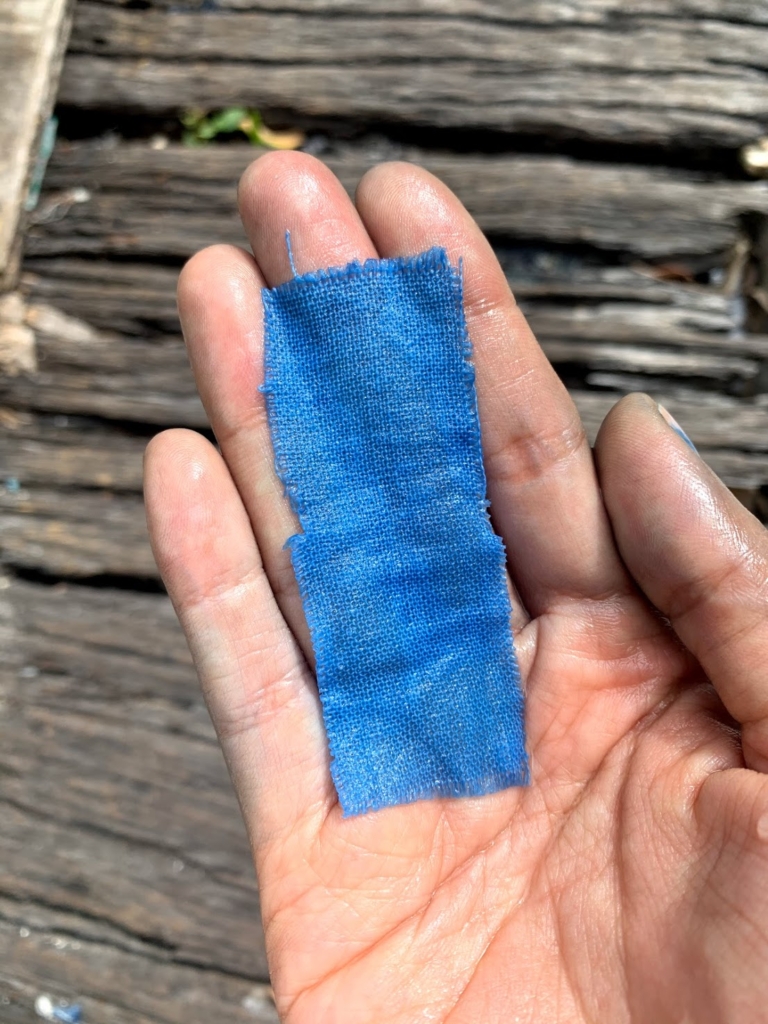
after
These are some of the cotton pieces I dyed with SUKUMO. I really enjoyed the process:
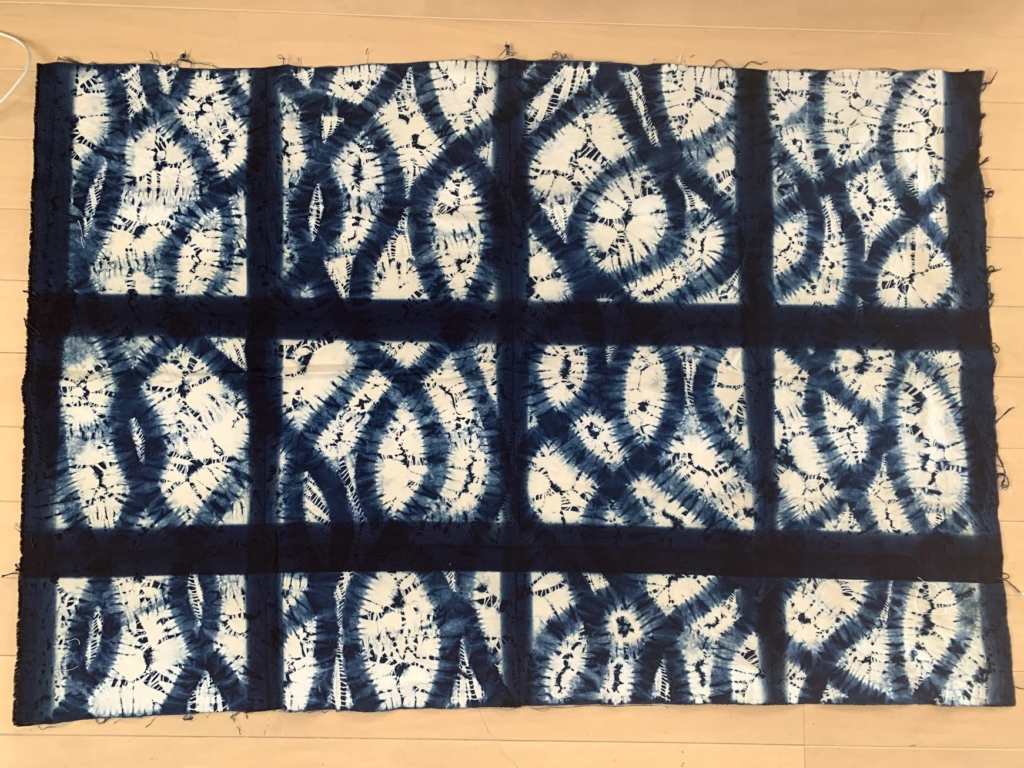
SUKUMO+ SHIBORI techniques – piece made by me
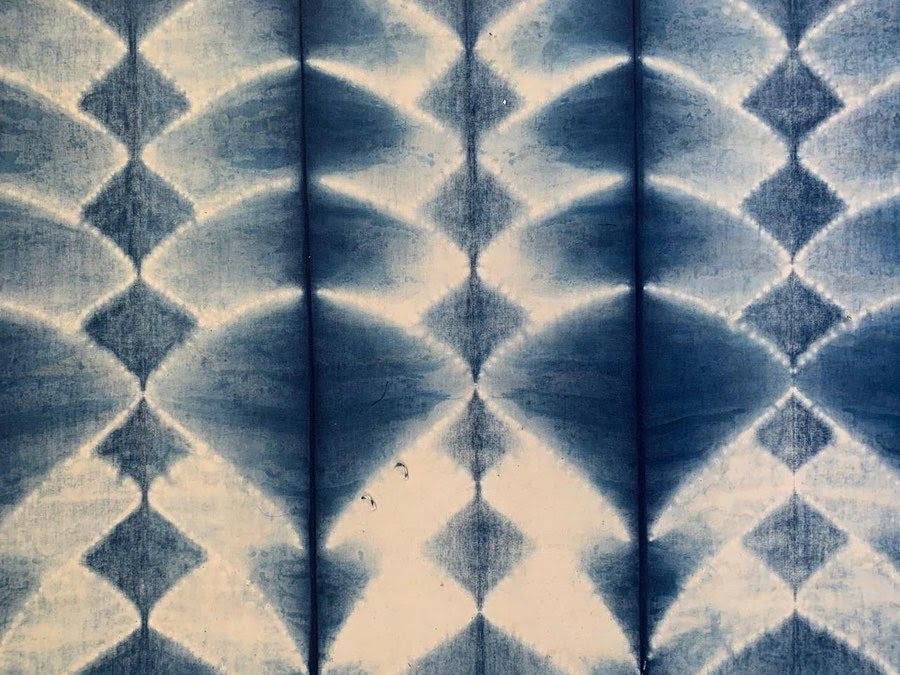
Cotton – SUKUMO + SHIBORI – piece made by me
Tokushima
At the end of my stay in Japan, we visited Tokushima. I was very excited to go there!!
Tokushima is one of four prefectures in Shikoku. Japan’s smallest major island, located around 250 km southwest of Kyoto, and it is one of Japan’s main producers of natural indigo dye. This region is known for their SUKUMO producers and Aizome.
I stayed in Tokushima for 4 days. We had the chance to visit some local indigo farmers in Tokushima (Sukumo producers).
Here are some pictures of local SUKUMO producers.
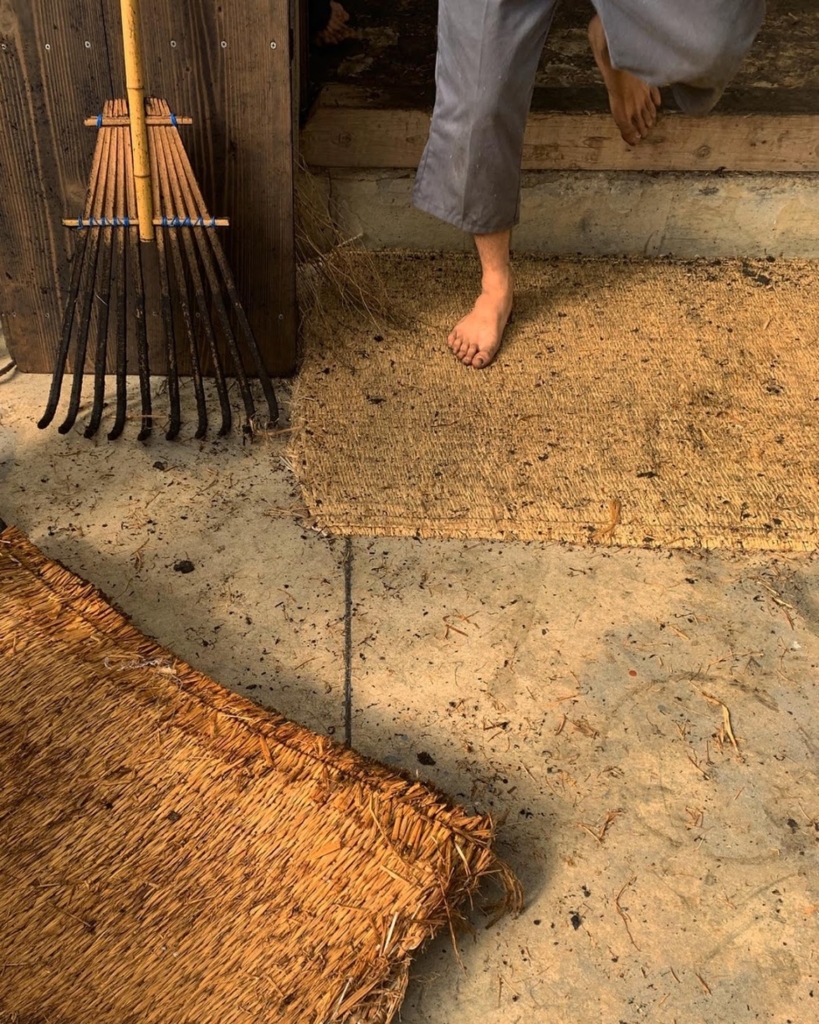
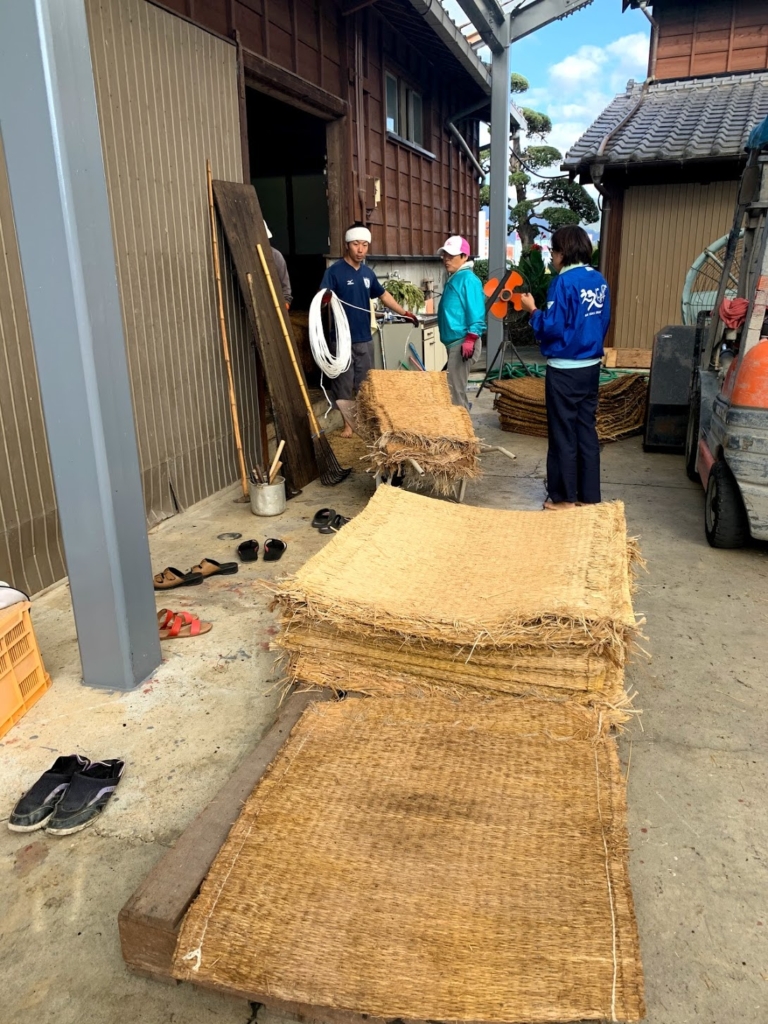
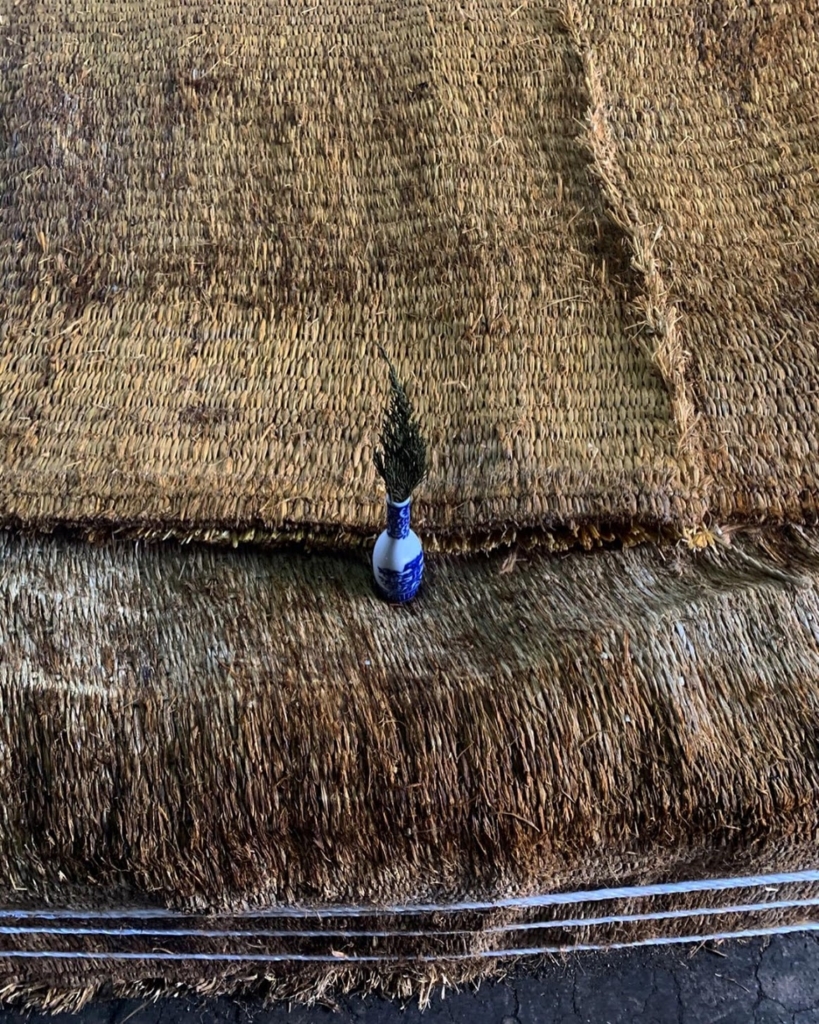
Offerings
I really loved seeing the process with my own eyes!! It was something I’ve been waiting for. After visiting the local producers. We visited Tokushima’s índigo museum. I really liked it. They explain the whole process with Japanese dolls. From harvesting to dyeing. Here are some pictures:
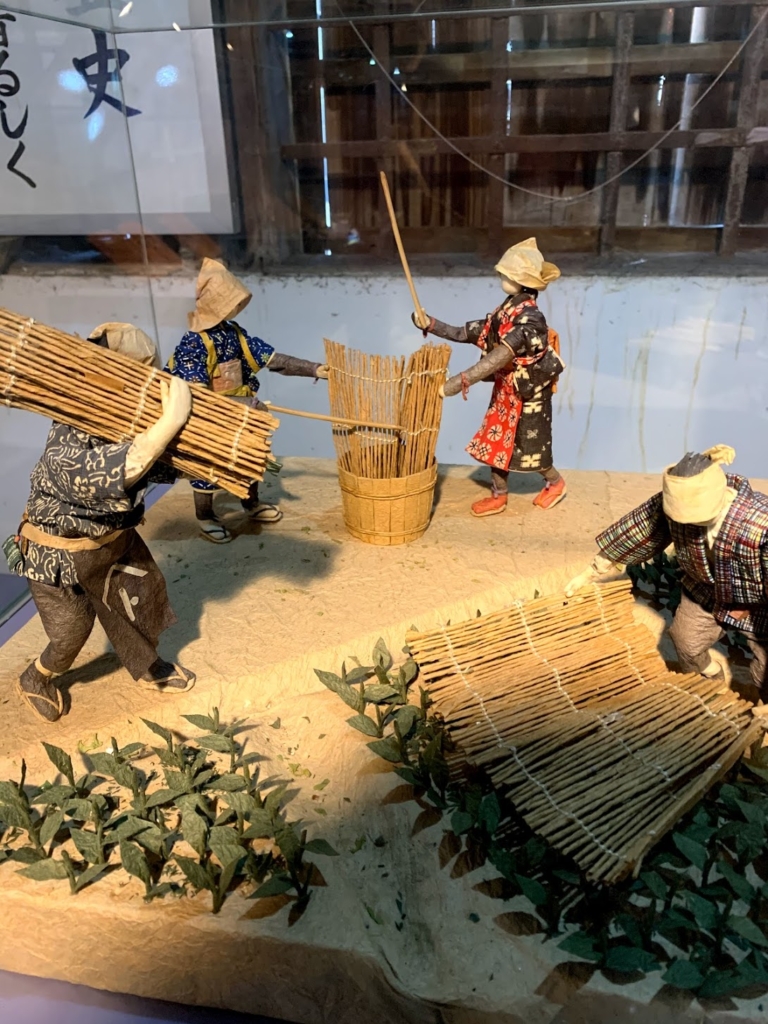
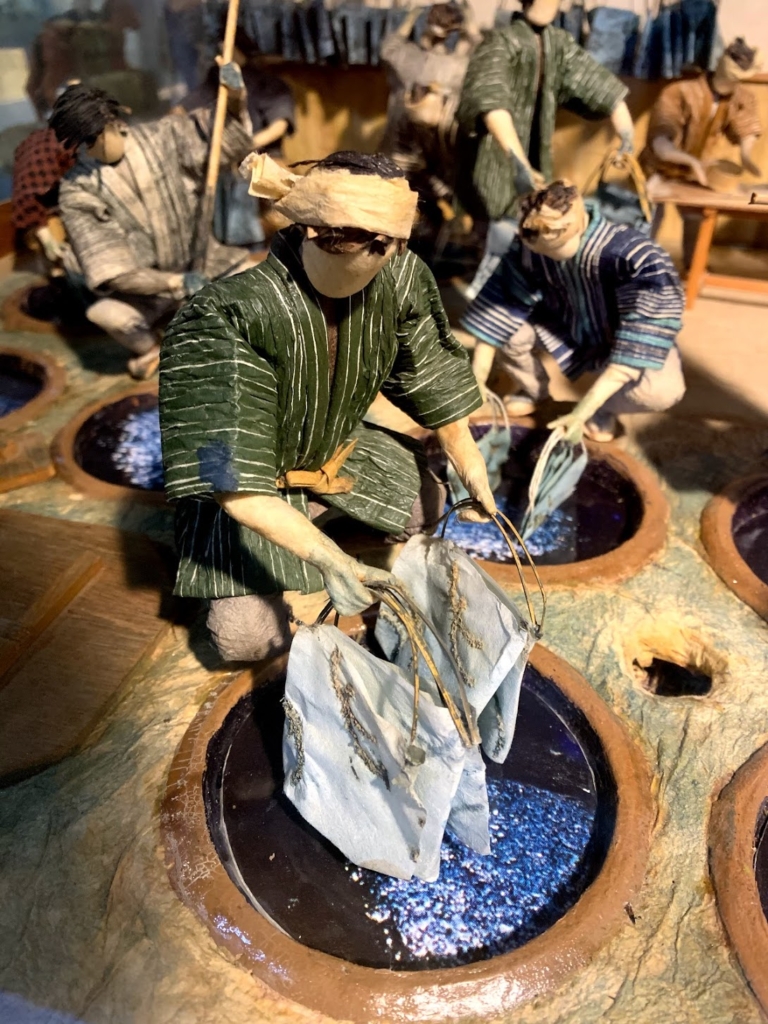
Japanese dolls
At the end we even had time to visit some Buddhist Temples from the Shikoku 88- temple pilmigrage. I highly recommend it!!!
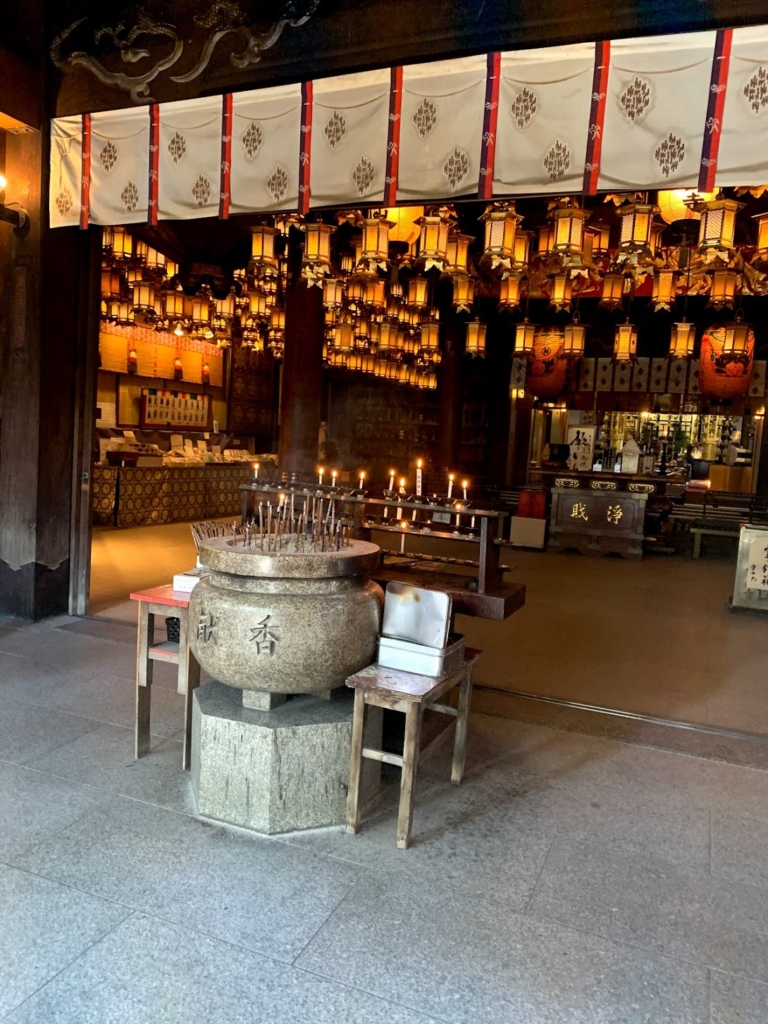
photo of the temple #1 – Shikoku 88
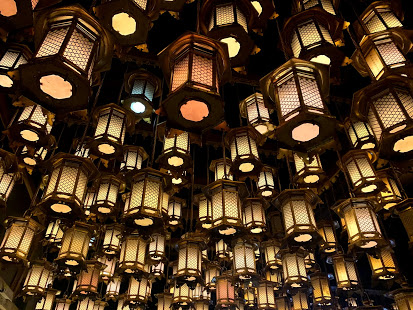
photo of the temple #1 – Shikoku 88
As you can see, Indigo is a whole world!!! And wherever you go, you can find interesting facts and techniques.
While being in Tokushima, I learned that Ai was going to be the official color for 2020 Olympics. But since the pandemic arrived, it was not possible anymore.
But is nice to know that more and more people are getting interested in INDIGO.
-Rocío Mena-
**If you’re planning to go to Tokushima, here are some recommendations:
**BUAISOU is an indigo farm & dye studio in Tokushima that preserves the traditional Japanese craftsmanship. They do all the process, from harvesting to dyeing and printing. They organize very interesting workshops, but sadly I couldn’t take any workshop with them because they were out of town when I was in Tokushima.**How to get to Tokushima? You can take a train to Kyoto or Kobe.
Once in Kyoto or Kobe, you can take a bus to Tokushima, it’s much cheaper than the train. ( it takes around 3 hours by bus)
Once in Tokushima, it’s difficult to move around. There’s not that much transportation to go visit the interesting indigo sites. So maybe you can consider renting a car. I was lucky enough to be with Japanese friends that could drive a car on the right side.
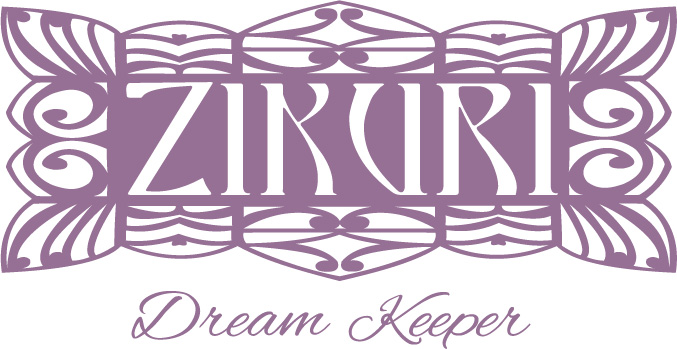

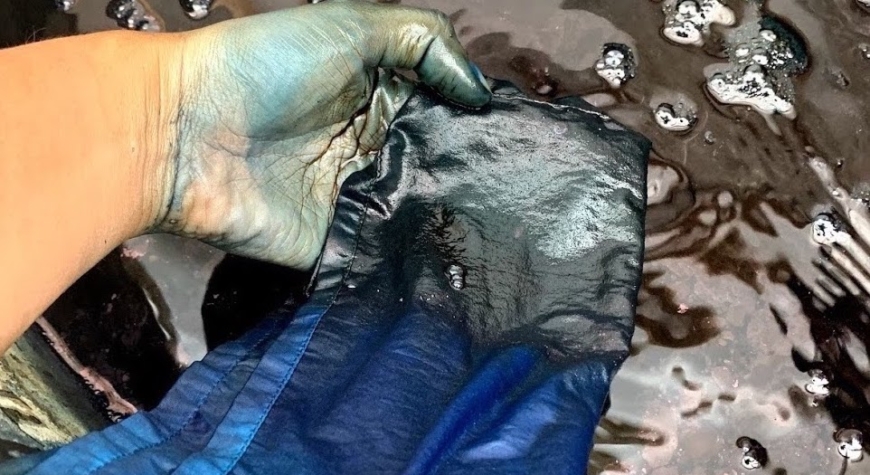
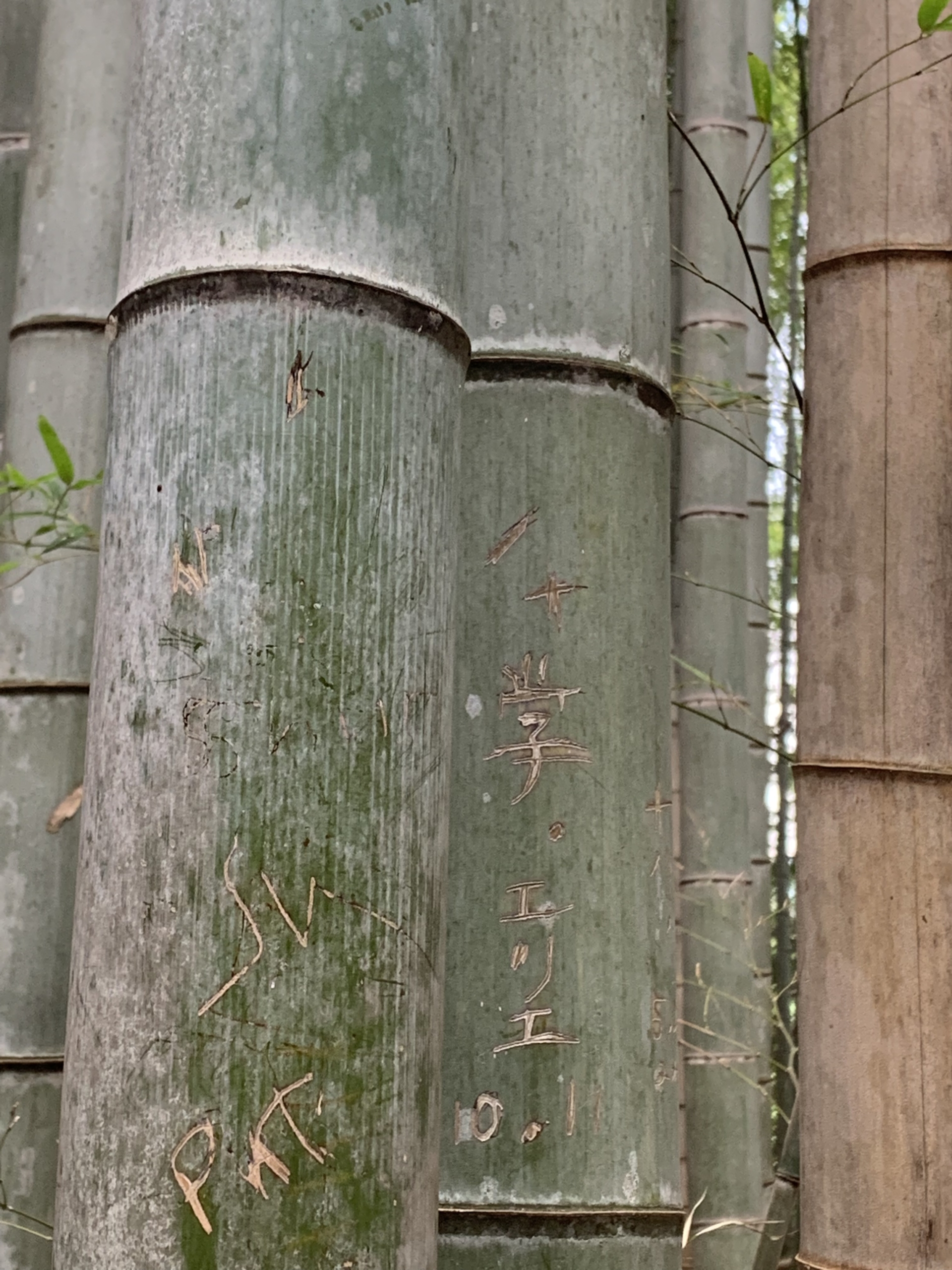

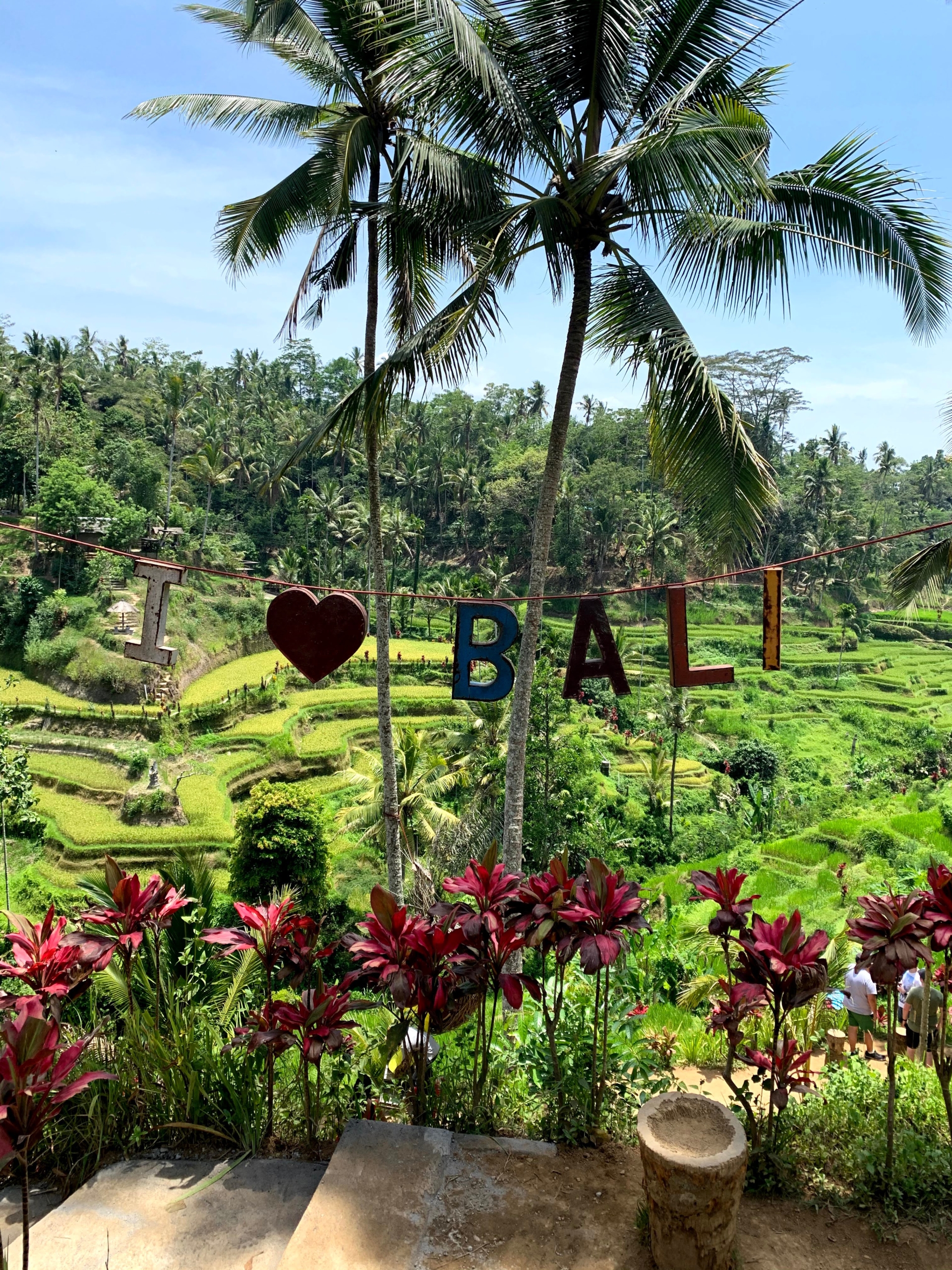
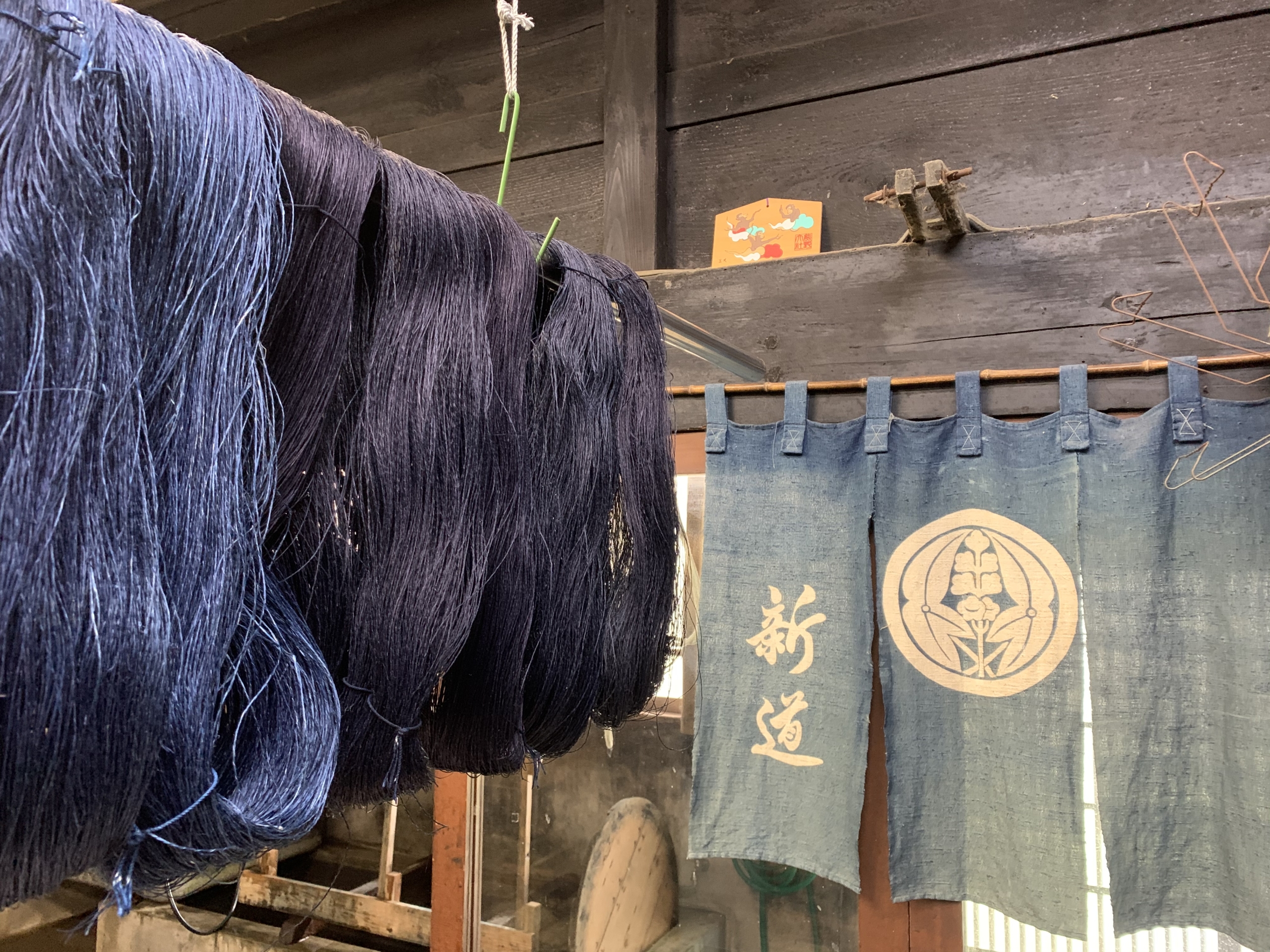
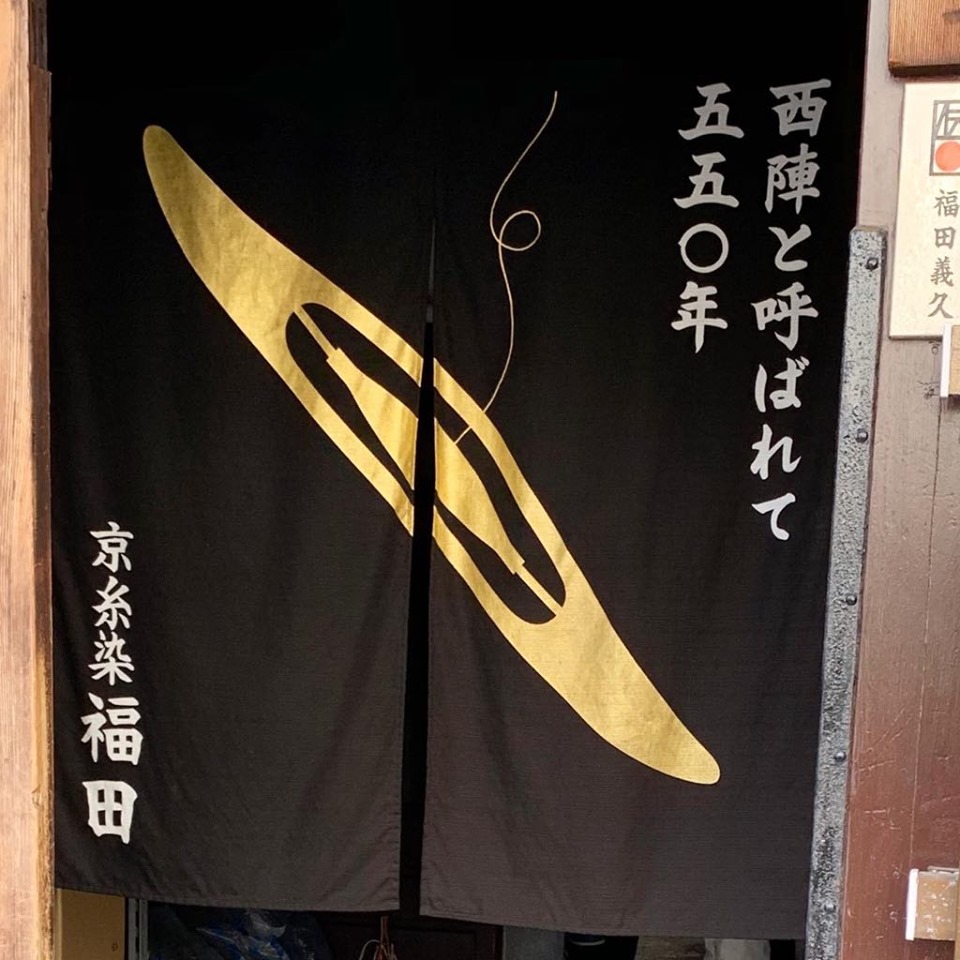
There are no comments